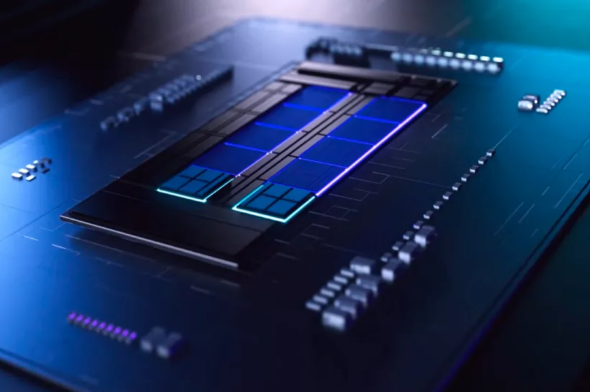Connection to DriversCloud Create a DriversCloud.com account Reset your DriversCloud.com password Account migration
Intel Raptor Lake: pre-production models of Core i9, i7 and i5 in the hands of Chinese testers
Because in China it seems very easy to get a pre-release version of a processor that is not expected to be released for several weeks.
In the semiconductor industry, manufacturers do many tests before putting a product on the market. The more sensitive the component, the longer and more numerous these tests are. In fact, the tests concerning processors are among the most demanding and a manufacturer like Intel has taken the habit of preparing several versions of what are called engineering samples before finally validating the chip that will be sent to production to then "flood" the market. Samples that obviously never leave Intel's offices... well, except in China.
So, in the space of a few days, several models of these engineering samples have been discovered through pre-tests carried out in China by particularly resourceful users. First of all, there were two Core i9-13900K which, with its 24 cores and 32 threads, will be the spearhead of the new Raptor Lake range. It should have even higher power limits than the previous generation's strongest, Alder Lake, with 125 and 250 W. Shortly afterwards, Core i5-13600K and Core i7-13700K models completed the Raptor Lake picture.
From the various tests that were conducted in China on these different processors, we will retain several things. First of all, it seems clear that the multiplication of cores/threads does the Raptor Lake architecture a world of good. Compared to the Core i9-12900K, the Core i9-13900K is much faster in multi-core tests: around 35% on average with a maximum of +46.34% on CPU-Z. The same goes for the Core i5-13600K - 40% faster in multi-core than its predecessor Core i5-12600K - and for the Core i7-13700K which is ahead of the Core i7-12700K by 32-34% on the same tests.
Secondly, the gains of these three processors are otherwise less convincing when we focus on single-core tests only. In this case, the Core i5-13600K is only 5% better than the Core i5-12600K and the gain is only 10% for the Core i7-13700K and Core i9-13900K, still respectively opposed to the Core i7-12700K and Core i9-12900K. Some observers do not hesitate to say that Intel has not optimized its architecture and that these gains are simply related to the increase in operating frequencies / the increase in the amount of cache.
The third lesson is related to the world of video games, since the three processors were put in the presence of several games and always opposed to their respective Alder Lake equivalent. Here again, there's nothing to get excited about. Of course, Raptor Lake processors do a little better than their 12th generation counterparts, but the benefits are on average around 5 to 10%. To get the most significant progress, we should not look at the "average" results, but focus on the minimum framerate. We can then observe gains of 11 to 14% depending on the game considered. Everything leads us to believe that in video games Raptor Lake can offer more constant performance, if not really better.
Of course, it should be kept in mind that the results presented here are 1/ not official and 2/ not corroborated by established sources that can be cross-checked. Moreover, one should not forget that the processors used are not final versions: so little time before the release, it is likely that the changes will be minor, but one never knows. Finally, motherboard BIOSes could also benefit from late optimizations to improve things a bit.








